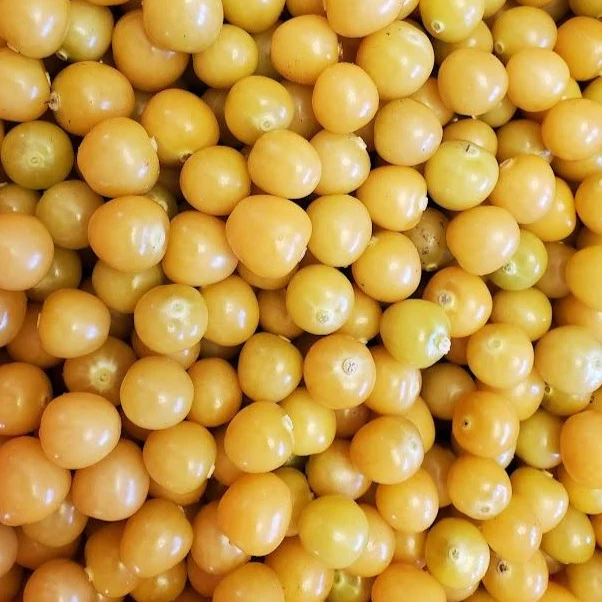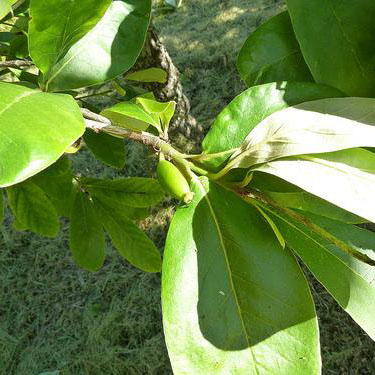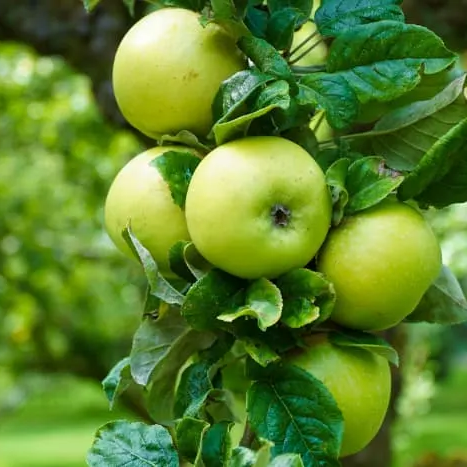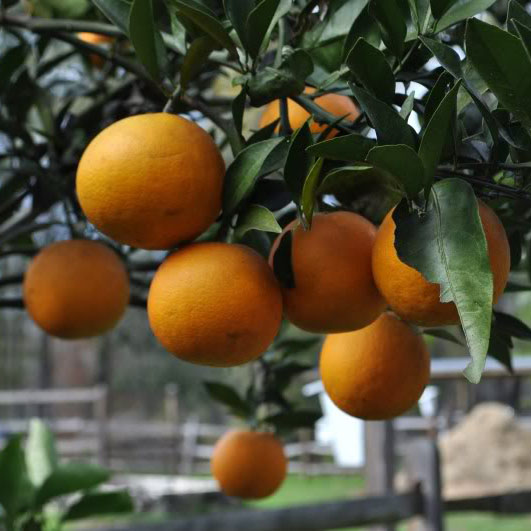By Marina Stylianou, Slow Food USA Programs Intern
The Ark of Taste is a living catalog of foods which are distinct, delicious and endangered. We seek to put the products back on tables, preserving gastronomic diversity and biodiversity. We wanted to feature some recent additions to the Ark of Taste and highlight their histories.
Creasy Greens
This nutritious plant is traditionally a foraged product. While the plant is common and not endangered in the ecological sense, foraging products are only recently reentering the mainstream, and many states still outlaw the practice. Creasy greens, also known as upland cress, winter cress, and early yellow rocket taste similar to mustard or watercress. Creasy greens were important to the folk pharmacology of the American Southeastern mountains, especially as a tonic after winter as these plants boast a wealth of vitamins and minerals. By preserving this product, we preserve an important part of Southern culture and a food source that is available regardless of socioeconomic status.
Sassafras
This unique food led to the creation of root beer, although the modern product no longer contains Sassafras. However, the culinary history of sassafras predates the popular carbonated drink. Sassafras is a native tree that has found many uses in the Northeast region. Native American communities utilized this resource, and there were many medicinal uses for Sassafras tea including treatment of colds, measles, scarlet fever, as a dietary aid, for the heart, blood and wounds. Sassafras has been made into condiments, used as seasoning, a thickening agent, and other culinary uses by Native American communities and in traditional foods in the Northeastern and Southeastern regions of the USA. Sassafras is no longer sold commercially due to the research of Safarole in the 1950s. Sassafras can still be foraged for culinary use and remains a culturally important product we are dedicated to saving.
Georgia Rattlesnake Watermelon
Named for the parallel undulating stripes that resemble crawling snakes running lengthwise along the barrel of the watermelon, the rattlesnake watermelon became the “Georgia Watermelon” in the years after the American Civil War. While the rattlesnake watermelon has a more complex flavor than current commercially available watermelons, it faded from popular production due to the lack of durability during shipping. The watermelon can be served fresh, and the thick, white peel of the Rattlesnake is also pickled. The meat can then be boiled down into watermelon molasses or made into watermelon brandy.
New Hanover Ground Cherry
New Hanover Ground Cherries have their origin in the Pennsylvania Dutch region. It is considered the fruit of “plain folk” and a culinary tradition of pie making. The name may be slightly misleading as these are not cherries as we typically view them. The bite-sized fruits ripen from green to yellow within brown papery protective husks and fall to the ground for harvest. New Hanover Ground Cherries have a complex flavor that is sweet, tart and tropical. It has been described as tasting like a fruity yellow cherry tomato. These fruits are not widely produced, but are steeped in the culture of the American Northeast.
Ogeechee Limes
Ogeechee Limes are the fruit of the tupelo tree. This tree and its fruit was a food and medicine source of the Creek Nation and a traditional item of Gullah-Geechee pharmacology. In the 19th century, African Americans considered it as a tonic due to its sour flavor. The blossoms in the spring are white, as are the undersides of the leaves, giving the tree the name “white tupelo.” The olive shaped fruits take a reddish color Ogeechee limes were made into preserves, jellies and were even brined. The tupelo honey industry rose in the 20th century, and production of the honey soon eclipsed fruit harvests, leading to the end of Ogeechee limes as a common produce crop.
Rhode Island Greening Apple
This apple is a source of Rhode Island pride and was selected as the state fruit. The Rhode Island Greening apple is considered among the oldest apple varieties in North America. Raw, the apple has a tart taste and when cooked or stored a complex sweet richness is coaxed out. This is the definitive New England apple pie ingredient and bakes well. This traditional variety has a few legends about its origins, some more fanciful than others, but nevertheless, this historic variety is prized and deserves to be saved both as a piece of history and as a current culinary delight.
Parson Brown Orange
During the late 19th century, the reputation of this variety of sweet orange was so known that many claimed their fruit was also of the Parson Brown orange variety. They were cultivated in Florida both for the fresh fruit trade and for processing in orange juice. Although more productive orange varieties replaced the Parson Brown variety, the fruits’ good balance of acidity and sweetness and its quality as an early season variety, as well as its historical value, make it a notable addition to the Ark of Taste.
Atlantic Wolffish
This species’ distinguishing feature, an extensive mouth with canine tusks which remain visible even when the mouth is shut, has earned it other names including seawolf and devil fish. This fish lives in the cold waters north of Cape Cod, and the densest population inhabit the southwest Gulf of Maine. This fish is described as tasty, firm and satisfying, similar to Monkfish and Cod. The taste reflects the species diet of shellfish and benefits from minimal culinary preparation. The wolffish populations have dropped significantly due to overfishing and bycatch. This species remains in jeopardy, and must be saved both as a food product and as an important part of the marine environment.
These eight products are just a fraction of the foods cataloged in the US Ark of Taste, linked here. Every food product is worthy of preservation, and the Ark of Taste is created by nomination, so if you have a food you would like to see on the Ark, please nominate it, or even join a regional Ark of Taste committee. Email us at arkoftaste@slowfoodusa.org.
Marina Stylianou interned with SFUSA this summer, helping us update the Ark of Taste. They are a junior at Dickinson College, and she is pursuing a major in Sociology. Marina believes that the mission and values of Slow Food reflect their interests in social justice and equity.










I am happy to see that the Rhode Island greening Apple is in the ark of taste. This is the Apple my mom used for her incredibly delicious apple pie.